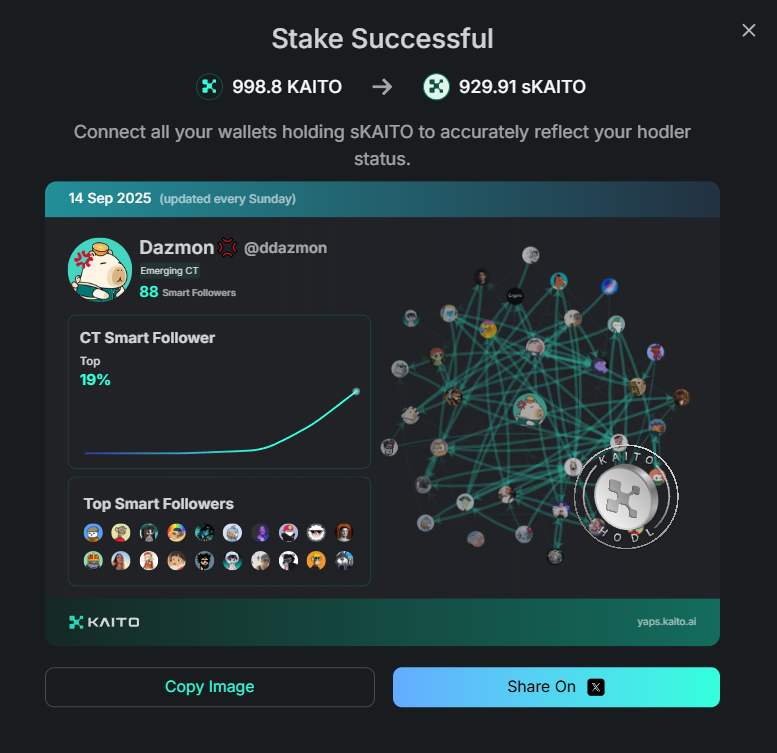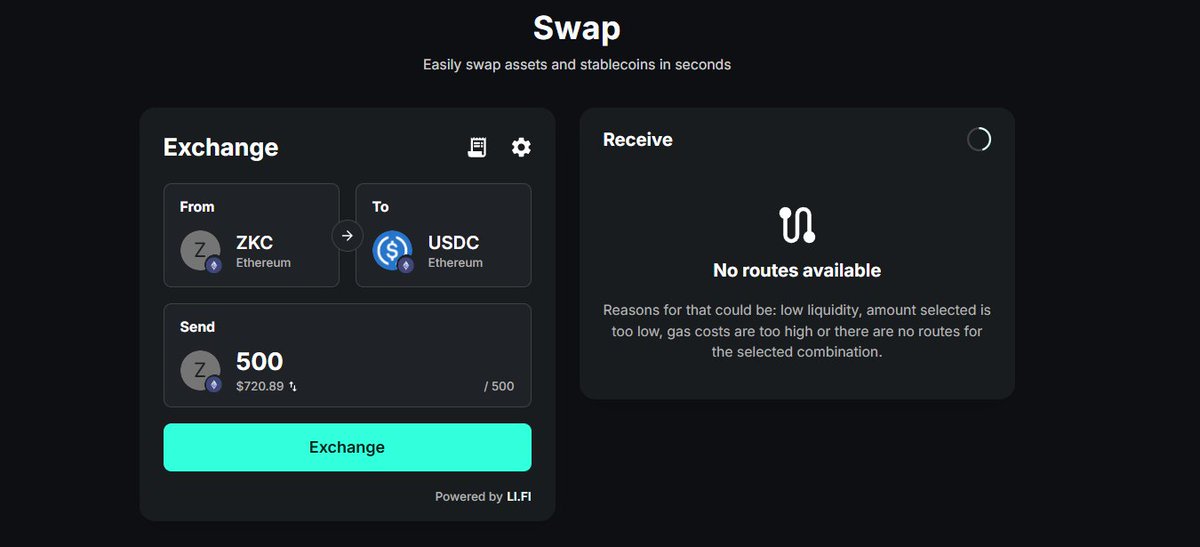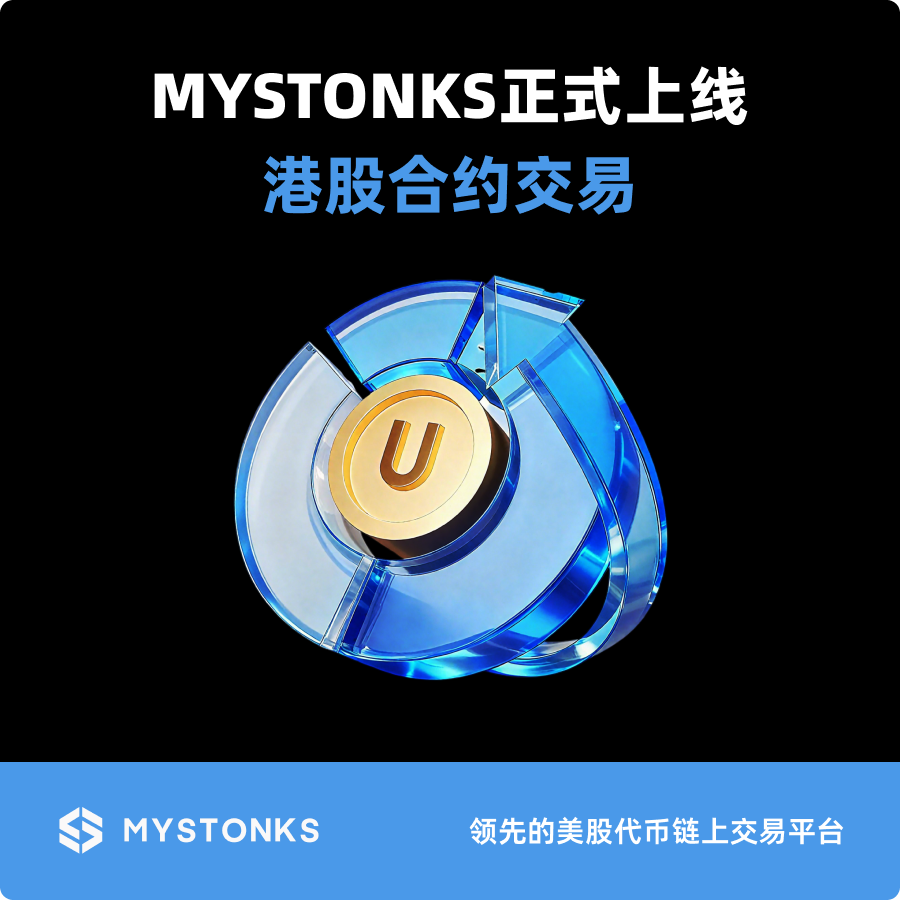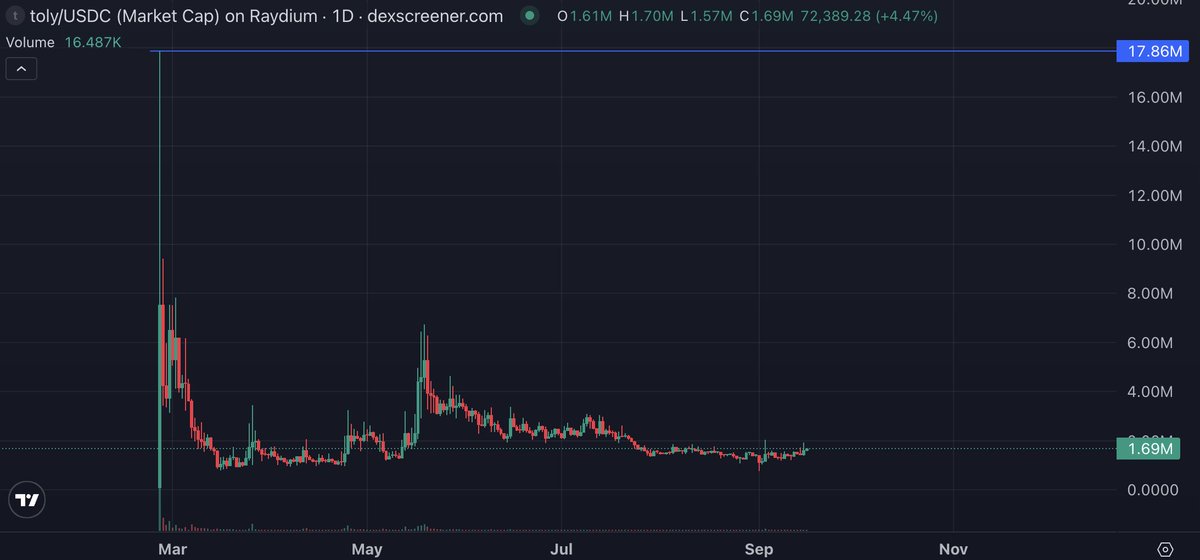USD Coin价格
(美元)

了解USD Coin
免责声明
请参阅我们的 使用条款 和 风险警告,了解更多详情。通过使用第三方网站(“第三方网站”),您同意对第三方网站的任何使用均受第三方网站条款的约束和管辖。除非书面明确说明,否则欧易及其关联方(“OKX”)与第三方网站的所有者或运营商没有任何关联。您同意欧易对您使用第三方网站而产生的任何损失、损害和任何其他后果不承担任何责任。请注意,使用第三方网站可能会导致您的资产损失或贬值。本产品可能无法在所有司法管辖区提供或适用。
USD Coin 的价格表现
USD Coin 社交媒体动态




快捷导航

USD Coin 常见问题
您可以从欧易交易所购买 USDC。欧易交易所为 USDC 提供了许多交易对,其中最受欢迎的包括USDC/USDT和BTC/USDC等交易对。您也可以用法定货币直接购买 USDC 或者将您的数字货币兑换为 USDC。
在欧易交易所进行交易之前你需要先 创建交易账户。要用您喜欢的法币购买 USDC 代币,请点击顶部导航栏“买币”下的“刷卡购买”。要交易 USDC/USDT 或 BTC/USDC,请点击“交易”下的“基础交易”。在同一选项卡下,单击“闪兑”将加密货币转换为 USDC。
或者,访问我们新的数字货币计算器功能。选择 USDC 代币和您期望转换的期望使用的法定法币,以查看大致的实时兑换价格。
在欧易交易所,我们建议你在客观投资之前深入研究任何加密货币。加密货币被认为是一种高风险资产,容易出现大幅价格波动。因此,我们希望您只投资你愿意承担风险的加密资产。
此外,与所有加密货币一样,USDC 波动较大,并存在投资风险。因此,在投资之前,你应该做自我学习研究 (DYOR),评估你的风险偏好。
深度了解USD Coin
数字货币协议 USD Coin(USDC)是一种开源和智能的基于协议的稳定币,由一家名为 Circle 的国际金融科技公司发行,而总部位于美国的数字货币交易所名为 Coinbase。它们组成了中心联盟,负责所有 USDC 代币的生成和兑换。
USDC 于 2018 年 10 月上线,以法定货币为抵押,与美元按 1 :1 的比例挂钩。实现这一点的关键是 USDC 由实际美元和现金等价物支持锚定,其中约 21% 由现金支持,其余由短期美国国债支持。
Centre 认为,只有在数字货币和法币之间存在价格稳定的价值交换手段时,二者之间才有可能实现真正的金融互操作性。
USDC 创建背后的另一个重要原因是其满足行业对法币担保的稳定币的迫切需求,这种稳定币在财务和操作上都更透明,而且比同类币具有更强的治理功能。
稳定币目前在多个区块链上发行,包括以太坊 (ERC-20 标准)、 Tron (TRC-20 标准)、Algorand (ASA 标准)、Avalanche (ERC-20 标准)、Flow (FT 标准)、Stellar (作为 Stellar 资产)、Solana (SPL 标准)以及 Hedera (SDK 标准)。
考虑到 USDC 所在的区块链网络的广泛范围,用户在发送或接收代币时必须格外小心。
作为最受欢迎的与美元挂钩的稳定币之一,USDC 在波动的市场条件下作为价值存储介质得到广泛应用。因此,许多交易员将他们的数字货币配置转移到 USDC,以避免突然的价格变化的影响。这也是 USDC 在加密市场熊市阶段需求大幅增加的另一个原因。
USDC 也被许多加密行业的新晋交易平台普遍使用,并被广泛接受为线上和线下市场的商品和服务支付。
由于 USDC 币发行在多个主流的区块链上,包括以太坊(作为 ERC-20 标准代币),它可以无障碍地用于任何去中心化应用程序(DApps)中,包括在热门游戏中,用户可以轻松地使用他们的 USDC 代币购买游戏内 NFT 资产。
USDC 代币也越来越多地用于汇款转移。像 Bitso 和速汇金这样的全球品牌已经与 USDC 合作,为他们的客户向世界各地(包括非洲、亚洲、欧洲和拉丁美洲)提供方便、无障碍和几乎即时的汇款支付服务。
用户可以通过在各种 DeFi 平台上将其闲置的 USDC 代币借给他人使用,从而获得被动收入。这在欧易赚币中很容易做到。
USDC 代币只能由持牌和受监管的金融机构发行,这些金融机构保持与流通供应量相等的全额现金储备,并定期向独立机构报告其美元储备持有量。
USDC 的价格及经济模型
与大多数稳定币一样,USDC 是按需发行的,对其最大供应量没有限制。流通中的 USDC 代币数量根据商业发行方发行和销毁的数量而变化。
目前存在的所有 USDC 代币都在流通中,按市值计算,USDC 是第四大数字货币,仅次于比特币(BTC)、以太坊(ETH)、以及泰达币 (USDT)。
如有需要,中心可直接以与美元 1 :1 的比例向买家发行新的 USDC 代币。因此,例如,如果买家想购买价值 1,500 万美元的 USDC,Centre 公司可以立即为买家铸造 1,500 万美元的新 USDC 代币。
同样,如果一个拥有 1,500 万枚 USDC 的用户想要兑换美元,Centre 公司将支付给他们 1,500 万美元,并销毁他们的 1,500 万枚 USDC 代币,从而使其退出流通。
创始人团队
USDC 于 2018 年由 Centre 成立,这是一个独立的会员制联盟,由 C2C 服务公司 Circle 和数字货币交易所 Coinbase 组成。
USDC 的创建是为了给稳定币行业提供一层信任和透明度。USDC 允许用户在加密市场中信心和安全地操作,知道他们的每单位 USDC 持股可以在他们希望的任何时候以 1 美元赎回。
与大多数其他数字货币和稳定币项目不同,Circle 和 Coinbase 完全由美国权威机构监管。这有助于 USDC 被广泛认可,并为稳定币的国际扩张铺平了道路。
ESG 披露









